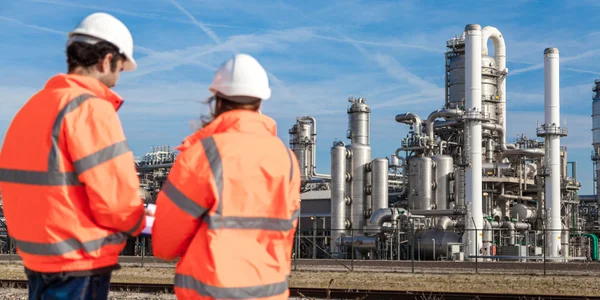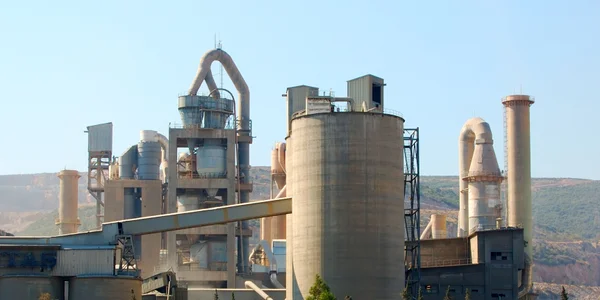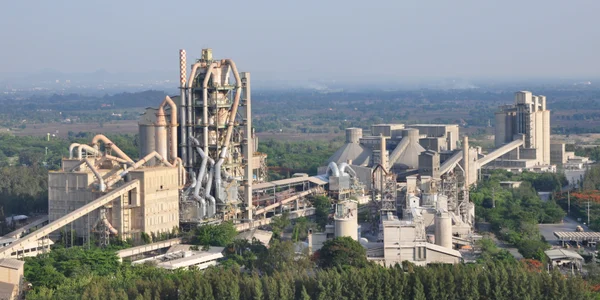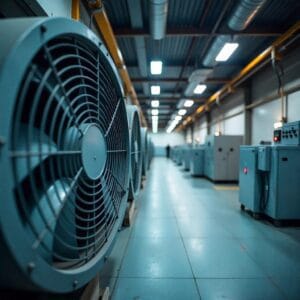Mga opisina
HEADQUARTER

Alemanya
- Intensiv Filter Himenviro Technologies GmbH
Neustraße 45 - 49, 42553, Velbert, Deutschland/Germany - +49 20534200990
REHIYONAL NA TANGGAPAN

Great Britain
- Intensiv Filter Himenviro UK Limited
47, Bath Street WS13BX, Wallsall West Midlands, Great Britain - +44 1922 628893
REHIYONAL NA TANGGAPAN

United Arab Emirates
- Intensive Filter Himenviro Technologies FZE – LLC
Business Center, Sharjah Publishing City Free Zone, Sharjah, UAE - +971-556074697
REHIYONAL NA TANGGAPAN

India
- Intensiv-Filter Himenviro Private Limited
D-247/11, Sector-63, Noida - 201301, Uttar Pradesh, India - +91-120-4642-500
REHIYONAL NA TANGGAPAN

India
- Intensiv-Filter Himenviro Private Limited
D-247/11, Sector-63, Noida - 201301, Uttar Pradesh, India - +91-120-4642-500
REHIYONAL NA TANGGAPAN

India
- Intensiv-Filter Himenviro Private Limited
D-247/11, Sector-63, Noida - 201301, Uttar Pradesh, India - +91-120-4642-500
Power Generation Air at Dust Filtration Solutions
Ang mga planta ng power generation, coal-fired man, gas-powered, o renewable, ay gumagawa ng malalaking emisyon at particulate matter sa panahon ng kanilang operasyon. Mga polusyon sa hangin mula sa pagkasunog, mga sistema ng paglamig, at paghawak ng materyal ay maaaring magdulot ng mga panganib sa kalusugan, mag-ambag sa polusyon sa kapaligiran, at makaapekto sa kahusayan ng halaman. Ang aming mga solusyon sa pagsasala ng hangin at alikabok ay partikular na idinisenyo upang matugunan ang mahigpit na pangangailangan ng industriya ng pagbuo ng kuryente. Sa pamamagitan ng pagkuha ng mga mapaminsalang emisyon, pinong particle, at gas, tinutulungan ng aming mga filtration system ang mga power plant na sumunod sa mga regulasyon sa kapaligiran, pangalagaan ang kalusugan ng mga manggagawa, at pagbutihin ang performance ng operasyon.
Proseso sa Semento at Mineral
Power generation umaasa ang mga pasilidad sa mga solusyon sa pagsasala ng hangin at alikabok upang matiyak ang pinakamainam na pagganap at mahabang buhay ng kanilang kagamitan. Ito ay nagsasangkot ng isang multi-stage na proseso. Una, sinasala ang intake air upang alisin ang malalaking particle, mas maliliit na particle, at microscopic contaminants. Pangalawa, ang mga maubos na gas ay ginagamot upang alisin ang mga particulate matter at mga nakakapinsalang gas. Panghuli, ang nagpapalamig na hangin ay sinasala upang maalis ang mga kontaminant at mapabuti ang kahusayan sa paglipat ng init. Ang mga sistema ng pagsasala na ito ay gumaganap ng isang mahalagang papel sa pagpapanatili ng pagiging maaasahan at epekto sa kapaligiran ng mga planta ng power generation.
Mga Application para sa Power Generation Dust Control
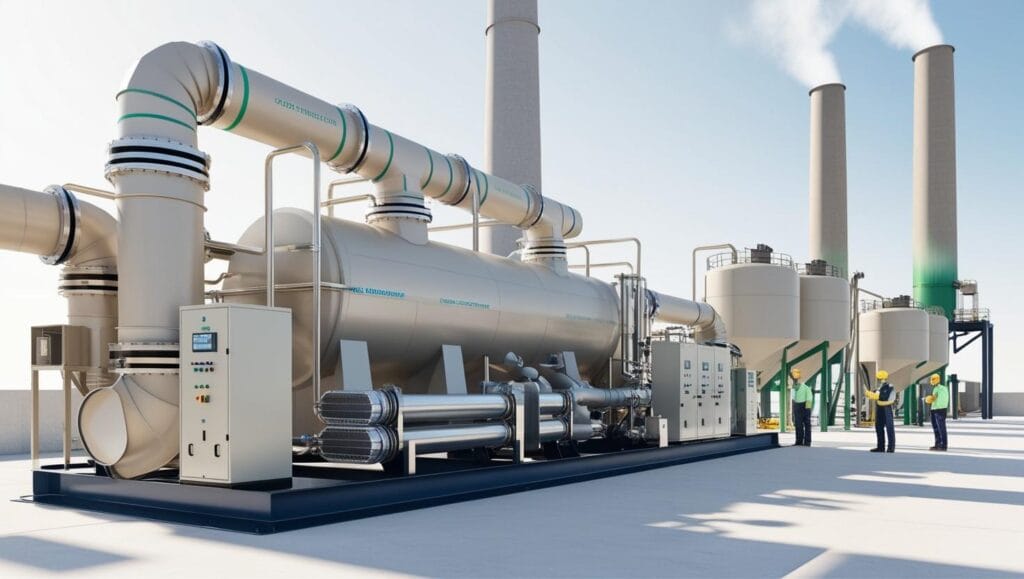
Binabawasan ang particulate matter at mga nakakapinsalang gas na inilalabas sa panahon ng pagkasunog, tinitiyak ang mas malinis na mga gas na tambutso at nakakatugon sa mga regulasyon sa kapaligiran.
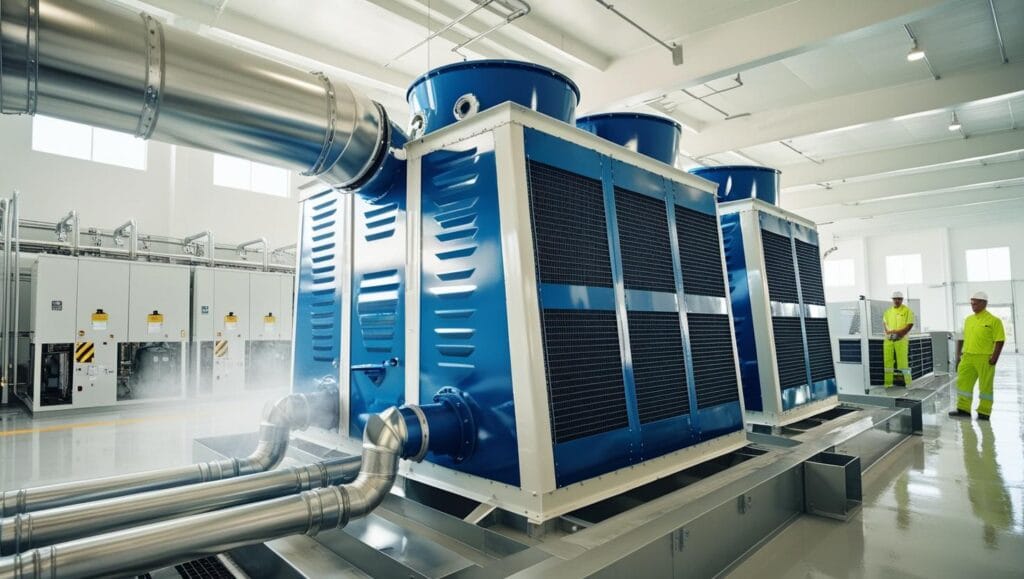
Kinukuha ang alikabok at mga partikulo na inilabas sa panahon ng mga proseso ng paglamig upang maiwasan ang pagkasira ng kagamitan at matiyak ang malinis na hangin sa mga nakapaligid na lugar.

Kinokontrol ang alikabok na nabuo sa panahon ng transportasyon, pag-iimbak, at paghawak ng karbon at iba pang panggatong, na pumipigil sa kontaminasyon at polusyon sa kapaligiran.
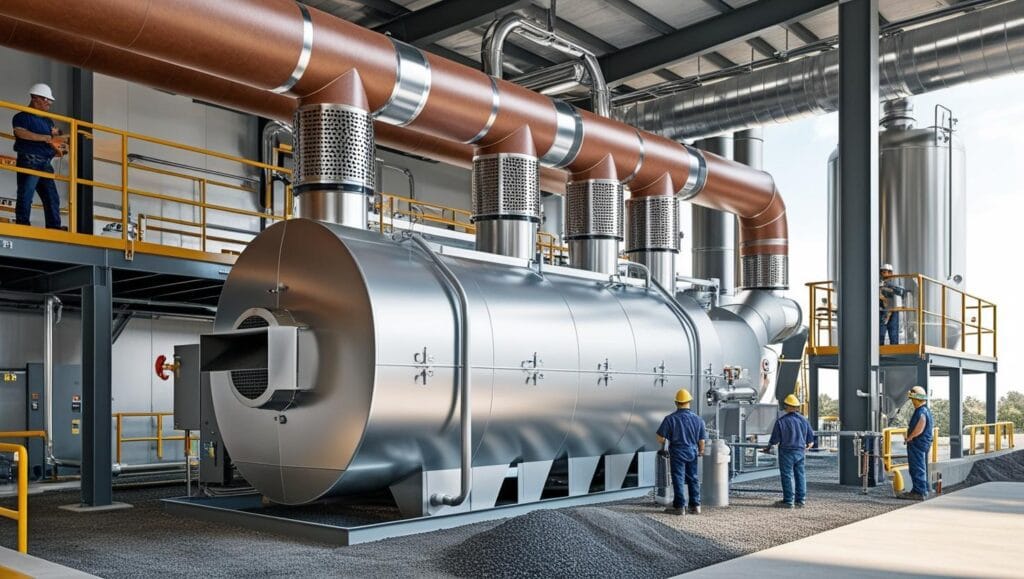
Mahusay na sinasala ang hangin sa mga lugar na may mataas na temperatura, nag-aalis ng mga particle at pollutant mula sa boiler at furnace exhaust system.
Regulatory Landscape para sa Dust Control |
|---|
Pagsunod sa Mga Pamantayan ng Air Quality |
Pagsunod sa Kalusugan at Kaligtasan ng Manggagawa |
Pag-iwas sa Panganib sa Sunog at Pagsabog |
Pagsunod sa Pangangalaga sa Kapaligiran |
Real-Time na Pagsubaybay sa Emisyon |
Paglaban sa init at Kemikal |
Pinababang Downtime at Mga Gastos sa Pagpapanatili |
Integridad at Pagkakapare-pareho ng Produkto |
Mas mababang mga gastos sa pagpapatakbo |
Mga Hamon sa Pagkontrol ng Alikabok |
|---|
Mataas na Antas ng Particulate Emissions |
Pamamahala sa Mga Panganib sa Paghinga para sa mga Manggagawa |
Pagtugon sa Mahigpit na Regulasyon sa Kapaligiran |
Mga Panganib sa Pagkasunog at Pagsabog |
Pagpapanatili ng Kalidad at Kadalisayan ng Produkto |
Mga Kaagnasan at Matitinding Temperatura |
Coal at Fuel Alikabok |
Mataas na Alikabok at Fume Generation |
Downtime Dahil sa Pagpapanatili ng System |
Mga Pangunahing Pagsasaalang-alang para sa Mabisang Pagkontrol ng Alikabok |
|---|
Advanced na Teknolohiya sa Pagsala |
High-Temperature Filtration System |
Pagkontrol ng Alikabok sa Mga Kritikal na Punto |
Mga Sistemang Matipid sa Enerhiya |
Real-Time na Pagsubaybay sa Emisyon |
Mga Materyal na Matibay at Lumalaban sa Kaagnasan |
Regular na Pagpapanatili at Inspeksyon |
Pagtatapon at Pamamahala ng Basura |
Mga Custom na Solusyon para sa Iba't Ibang Uri ng Gasolina |
Kumonekta sa amin para sa Expert Consultation
I-explore ang Iba Naming Serbisyo!
Mga Madalas Itanong
Ang mga istasyon ng kuryente na humahawak sa pagkasunog ng karbon, langis, o biomass ay naglalabas ng malalaking volume ng particulate-laden na flue gas, na dapat na mahusay na linisin upang matugunan ang mga pamantayan sa paglabas at mapanatili ang mga pamantayan sa kalusugan ng publiko. Pinoprotektahan ng advanced filtration ang mga turbine, heat exchanger, at iba pang kagamitan mula sa mga abrasive na deposito at fouling, kaya pinapabuti ang pagiging maaasahan, binabawasan ang pagpapanatili, at pagsuporta sa pagsunod sa regulasyon. Ang pagsasala ay nagbibigay-daan din sa pagbawi ng mahahalagang byproduct tulad ng fly ash, na maaaring magamit muli sa mga aplikasyon ng semento o konstruksiyon.
Ang mga malalaking operasyon ay kadalasang umaasa sa mga Electrostatic Precipitator (ESP) para sa pag-alis ng fly ash dahil sa kanilang kakayahang pangasiwaan ang malalaking daloy ng gas at mga particle hanggang sa mga laki ng submicron na may kahusayan na higit sa 99 %. Ang mga filter ng tela ng baghouse ay lalong ginagamit—mag-isa man o bilang ESP na nire-retrofit—salamat sa kanilang mahusay na kahusayan sa mga pinong particulate. Ang mga cyclone separator at mist eliminator ay paunang nililinis ang mga mabibigat na particle bago ang tela o mga electrostatic system. Ang mga sistema ng pagsasala ng likido tulad ng mga coalescer at condensate polisher ay mahalaga para sa turbine lubrication, cooling water, at pagpoproseso ng gasolina.
Ang mga sistema ng pagsasala ng power plant ay inengineered upang makayanan ang mga mapanghamong kondisyon ng flue gas gaya ng silica-rich ash, corrosive condensate, o malagkit na particulate. Ang mga inlet section at hopper liners ay kadalasang nagsasama ng mga materyales na lumalaban sa pagsusuot. Ang moisture-resistant o coated na media ay ginagamit sa loob ng mga filter ng bag, at pinipigilan ng mga hot gas ESP o dry filtration technique ang condensation. Ang ganitong mga pagpapahusay ay makabuluhang nagpapahaba ng buhay ng bahagi at nagpapanatili ng pare-parehong pagganap.

